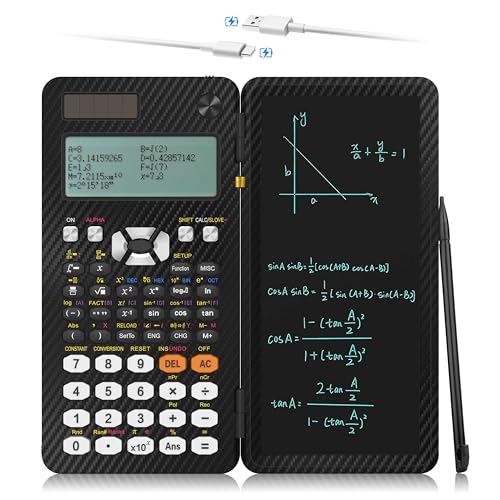I am looking for sample problems regarding the geometric design with reference to deflection angles...anyone has a reference that tackles understanding the deflection angles best?? I just don't understand them.
In surveying, a horizontal angle measured from the prolongation of the preceding line to the following line. Deflection angles to the right are positive; those to the left are negative.
Or you can say that deflection angle is turned to the right or left starting at the backsight point or to the right or left looking forward 180 from the backsight.
if you look on the figure 78.1 p.78-2 CERM, the angle "
I" between PI and tangent is deflection angle.
hope it helps





















